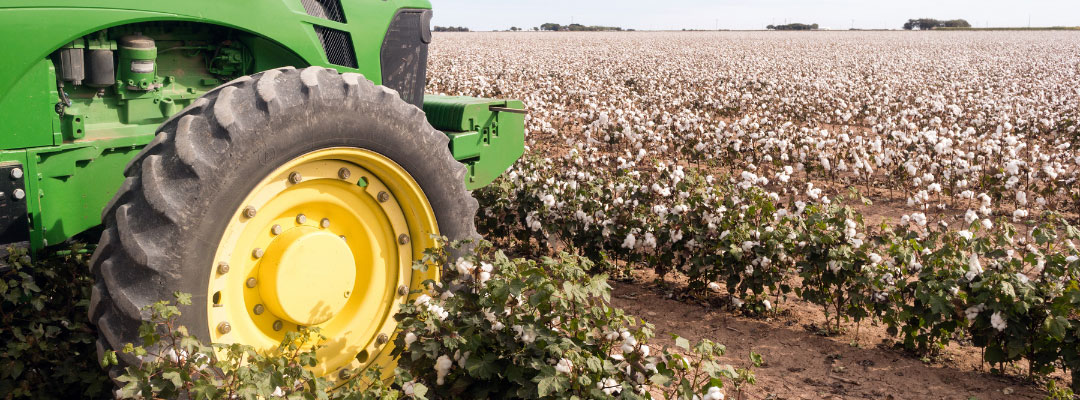Crop insurance is a widely adopted risk management tool for producers. Depending on a producer’s insurance plan, crop insurance can protect against losses due to yield or revenue. For cotton producers, if they select a crop insurance policy to protect them against the losses for revenue, several insurance plans are available, including Area Revenue Protection, Revenue Protection, and Stacked Income Protection Plan. For each of these insurance plans, producers have the choice of selecting the plan with the harvest price exclusion (HPE) option. The default choices for these crop insurance options are without HPE, in which indemnity payment is determined by crop yield and the higher value among the projected price and the harvest price for the insured year. If producers choose the insurance options with HPE, indemnity payments are determined by crop yield and only the projected price.
The projected price serves as the minimum guarantee for cotton prices when calculating the crop insurance indemnity. With the default plan, the guarantee will go up if the harvested price is higher than the projected price. Discovery periods for projected and harvest prices for cotton differ among states and locations. For example, in Georgia, the cotton projected price is based on the average price for the December futures contract from January 15 to February 14 each year, and the harvest price is based on the average price for the December futures contract during October each year. For the insurance plans with HPE, because the price to calculate indemnity is only based on the projected price, HPE policies usually have lower premium costs for producers. A commonly asked question by producers is which option to select, with or without HPE.
Figure 1 illustrates the ratio of the projected price and harvest price for cotton from 2011 to 2022 in Georgia. Cotton harvest prices exceeded projected prices only in 4 years out of the past 12 years. A high price ratio between the harvest and projected prices was observed in 2021, largely due to high volatility in the cotton market that year. This figure can provide some information when deciding whether to select or not to select HPE. For 2023, farmers should consider the risk and consult with their insurance agents for insurance choices. When making the insurance choices to protect their revenue, producers should consider the chances of whether the harvest price would exceed the projected price and whether the additional costs of premium paying for the protection for harvest price fit their risk management goals. If producers anticipate higher harvest prices for this year’s cotton crop than the projected price and can bear the additional premium costs, purchasing the default plan without HPE would be an option.
Figure 1. The ratio of harvest price (HP) to projected price (PP) for cotton insurance plans from 2011 to 2022 in Georgia. A higher than one ratio indicates harvest price is higher than the projected price. Source: U.S. Department of Agriculture, Risk Management Agency.

Chong, Fayu, and Yangxuan Liu. “Cotton Crop Insurance to Protect Against Revenue Losses: Select Harvest Price Exclusion or Not?” Southern Ag Today 3(3.3). January 18, 2023. Permalink


